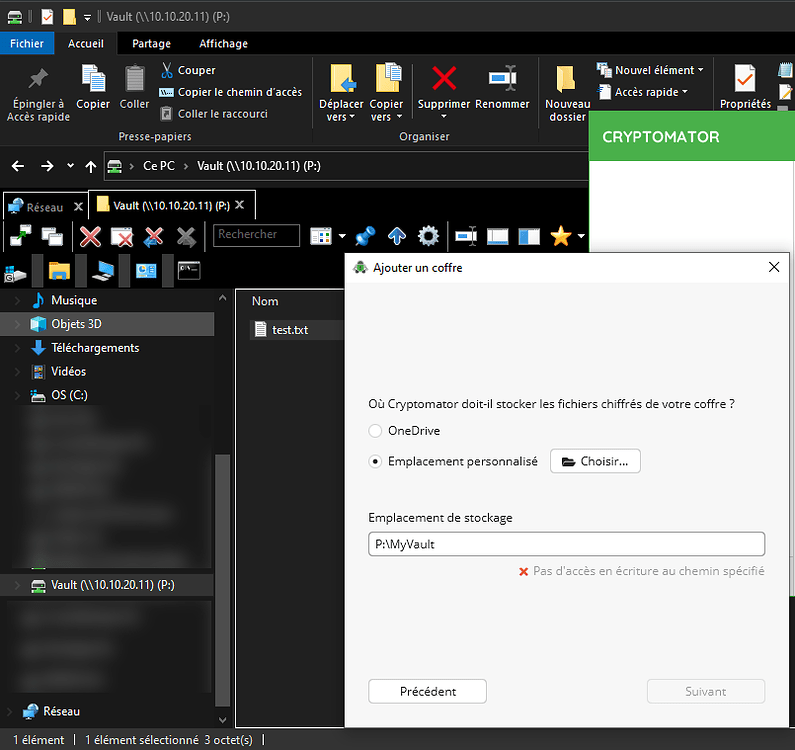

And don’t share this stuff with half of your friends.

You may have a backup on your local NAS, on an external SSD, and in the cloud. One copy of your data getting corrupted or something similar would not cause you to lose everything.Įxample: Say your laptop has some family photos and movies and some documents. The main advantage of this way of backing up data is that it reduces the impact of a single point of failure. Save your backups to two different types of mediaġ. Create one primary backup and two copies of your dataĢ. This is what the 3-2-1 backup rule means:ģ. Even CISA (Cybersecurity and Infrastructure Security Agency) recommends this method as a way to deal with backups. The 3-2-1 rule for backups was introduced in 2005 through his book by Peter Krogh, a photographer, writer, and consultant. I do plan to make this twice a week in the future. I decided on once a week since the hard drives in the NAS are fairly new. This way, nobody is awake at that time, and the intensive task of backing up bothers no one. Based on this, the entire folder that holds family photos and movies is backed up to another drive in another system (the NAS is the main storage, and the system backup is another computer) once a week, Sunday, at around 2 in the morning. And it takes about 1 hour to back up everything, as there are a lot of them. They change sporadically: some days there are no pictures taken, some days there are 30 or more pictures taken. Here’s an example of a backup strategy: my family pictures are very valuable, as they are memories. How long does it take to perform a backup?īased on the above, you can formulate a backup strategy.You will want at least part of your data to be backed up somewhere when that happens.

You can't use a keyfile, like you can in VeraCrypt - This alone might be a deal breaker for some.But actually, many people give way too much credit to their hard disk, their SSD, or their operating system and virus/ransomware protections. Maybe too basic for my tastes (I think a few more options would be better) Now, if I were to list any cons, mine would be. I think Cryptomator is perfect for those who found VeraCrypt confusing, but are wanting the similar functionality, with a more simplistic approach.
#WINRAR CRYPTOMATOR MAC OS#
Of course as mentioned before, it's open source and multi-platform (Windows, Mac OS and Linux) It uses strong encryption, according to = You have the option to save your vaults on the local drive or through a cloud folder (If you have a cloud service installed on your computer) It lets you create as many vaults as you like.Įach vault is created as a localhost drive (It's basically a local network drive, with no custom set capacity size - it basically fills up when you add files) - I might be wrong, but from what I see in drive properties, it will let you use up to 28.4 GB per vault. It's a very basic, stripped down version of VeraCrypt, that does offer a few differences ( some listed below).


 0 kommentar(er)
0 kommentar(er)
